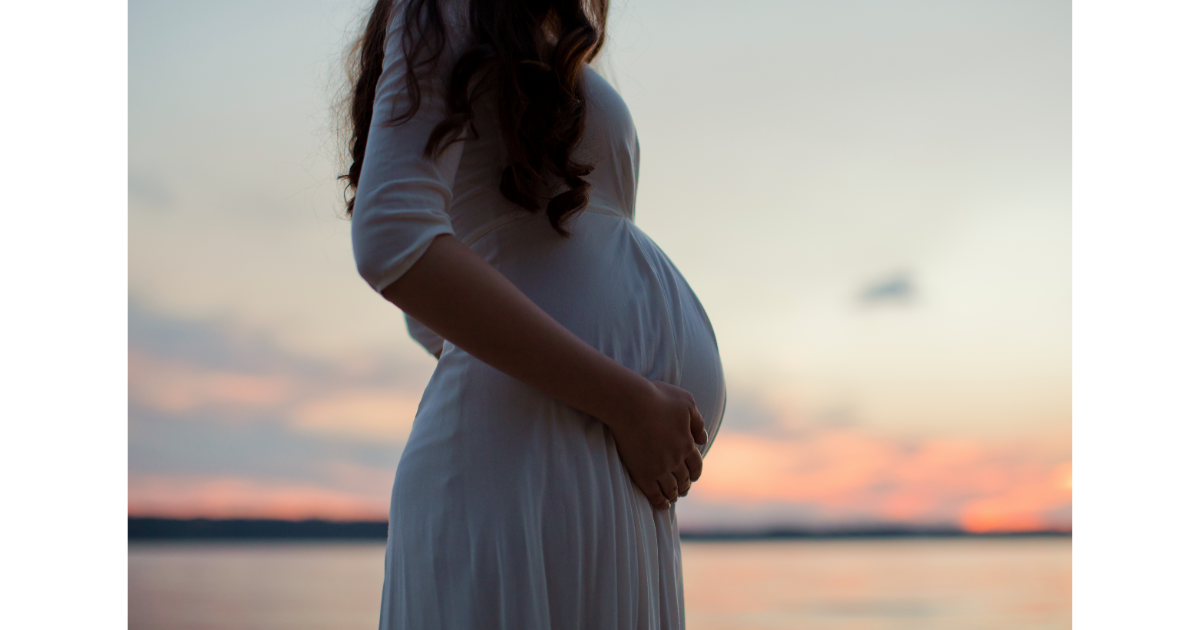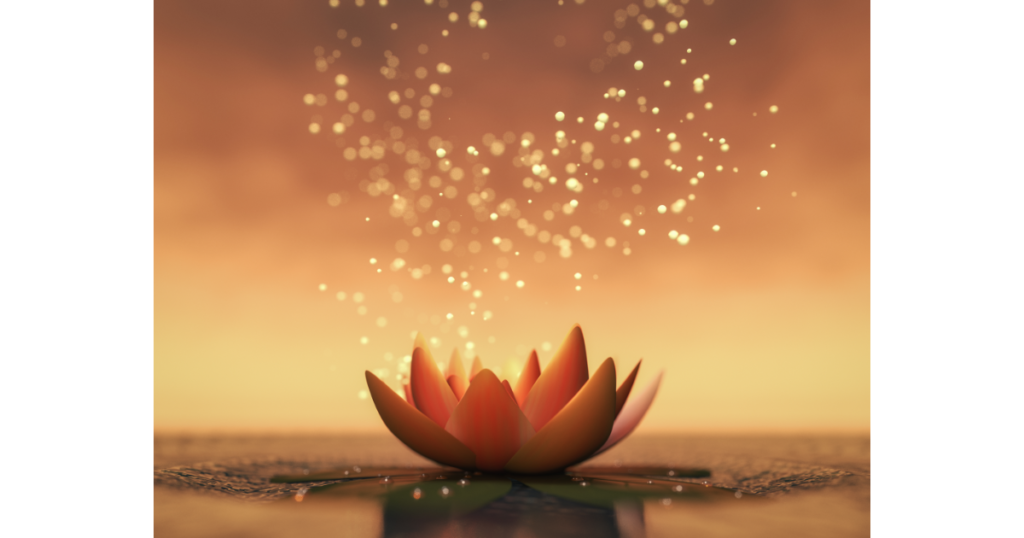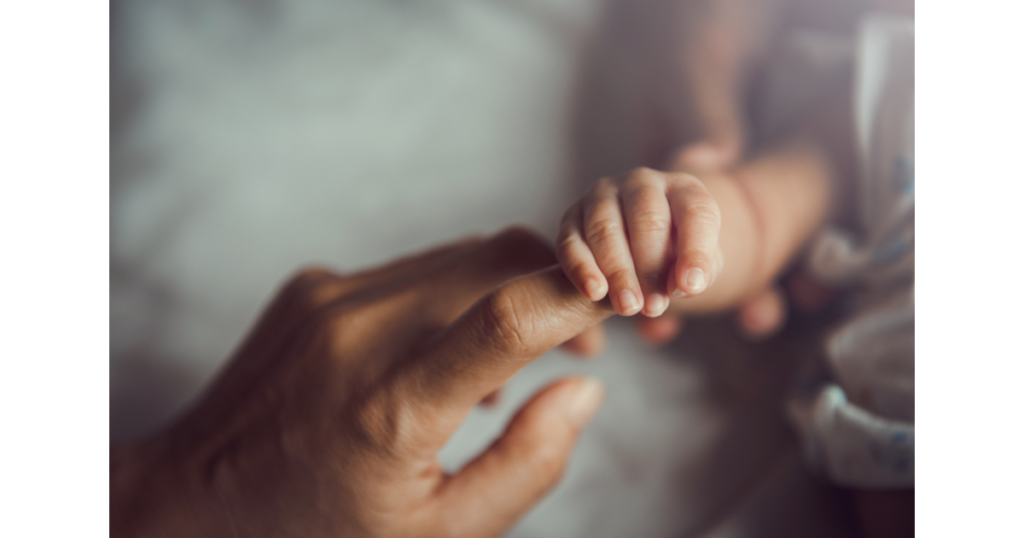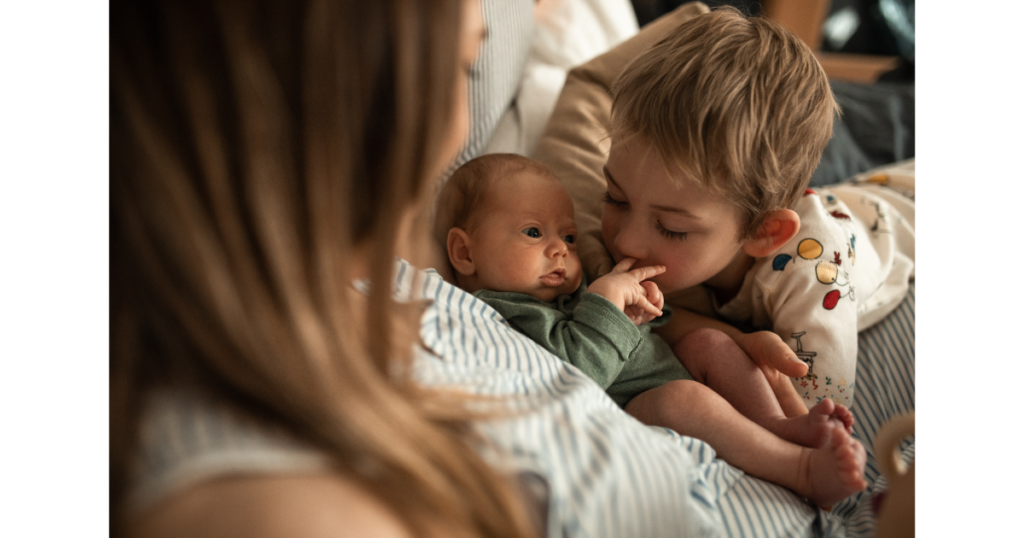The Placenta After Birth: The Psychology Of The Placenta

We generally attach little or no importance to our placenta and our relationship to it. The notion that I may have been affected by my relationship with my placenta and the way that relationship ended seemed bizarre when I first encountered it not long ago. And yet, finding images of it in my dreams, reading about it, and revisiting it in meditation and rebirthing/trance sessions, I am now convinced that my placenta is a reality in my psyche. I hope to convey some of the powerful insight I have found through this inner exploration of my relationship with my placenta.
A most intimate relationship
The most important and obvious aspect of placental psychology concerns the closeness and exclusivity of the relationship between the fetus and the placenta. They share the physically limited environment of the womb, always close to each other and close to the mother’s inner sounds and feelings. The relationship between them is completely symbiotic – one cannot exist without the other. Not only that, but they come from completely identical genetic material – from the fertilisation of the same egg and sperm. That is, their cellular structure is the same, the same DNA. They share an identical resonance.
The drawings of uterine consciousness collected by Grof suggest that we have some level of consciousness even while we are still in our mother’s body. In deep trance, it is quite possible to connect with the oceanic feelings of that early stage of our development into full human consciousness. Mott makes a case for the basis of this consciousness being the flow of fluids between the fetus and placenta, and Chamberlain interprets evidence of the fetus holding its cord as suggesting that the foetus can regulate the flow to some extent (or at least be aware of it).
Be that as it may, there is no reason to assume that any consciousness that exists belongs only to the baby. It is likely that the fetus and placenta have a shared consciousness while fluids are being transferred between them. After birth, of course, it is only the baby that can survive and grow into full human consciousness. The placenta, having completed its task of support, withdraws from life into death.
If the death of the placenta is allowed to happen naturally, it is likely that there is a flow of more than blood from the placenta to the baby after birth – there is also likely to be a transfer of consciousness. I would like to suggest that the placenta after birth holds the most deeply earthy and unconscious part of the joint psyche – the part that is least linked to consciousness of individuality, a form of collective unconscious that is particularly related to ancestry.
What the placenta stands for
From my reading, my own dreams, imagination and deep meditational trance experiences it seems to me that the placenta has various additional meanings.
Firstly, my placenta stands for the recognition of my true nature by another. The placenta knows me better than anyone else ever has or ever will. Perhaps even better than I know myself. This is because my placenta knew me from the very start of my existence as this individual. Not only that but at the beginning of my existence, my placenta was bigger and therefore more mature than I was.
Secondly, because my placenta knows me better than I know myself, and because my placenta feeds me and deals with my waste, my placenta symbolises my inner wisdom. This inner wisdom is my link to the wisdom of my ancestry too, due to the fact that it carries my identical DNA in an undiluted, unable-to-be-contaminated form (because it has no independent consciousness). In this sense, my placental knowledge is similar to animal or mammalian knowledge, and it is my experience that it can be used as a bridge to my own unconscious knowing in a similar way to an animal totem.
Thirdly, and perhaps most obviously, my placenta embodies my first relationship. All those months in utero when we alone inhabited that watery space we communicated through touch, through sharing food and waste, through circulating blood and energy. We were joined intimately through this shared life-blood, and yet there was a definite separation between my placenta and me, that was mediated and measured through the cord.
I could move independently whereas my placenta could not, and yet I was completely dependent on my placenta and forced to share everything except the new cells being continually grown within my body. In turn, it shared with me the nutrients it received from our mother, except for those prevented by the placental barrier. It has been called the ‘dark twin’ and my survival in the womb was completely dependent upon it. It is my ‘other half’ in the most absolute of symbiotic relational terms because without it I was completely unable to survive.
The effects of cutting the cord
If the above are some of the characteristics of the relationship between a person and their placenta, what is the effect of cutting the cord soon after the baby is born?
If my placenta is that which knows me best, then its loss will entail losing my sense of being knowable and recognisable for who I really am. I will feel as though I am among strangers who can never know me, and it is possible I may feel that I was born into a family of people who are alien to me – a not uncommon feeling for children. I will be divorced from my deep inner knowing.
One of the ways this may manifest, especially if accompanied by additional birth trauma, could be through a person failing to inhabit their body completely. Such a person may daydream excessively, and may try to please others rather than operating from their own inner impetus. It may lead to a feeling of being lost and always having to search for answers to life’s riddles, leading to a deep restlessness in the soul.
Loss of relationship with our placenta may set the scene for a whole series of relationship losses throughout our lives. We may find ourselves cutting off from the best and most intimate relationships. We may not be conscious of why, but we may be aware of a fear that we may be abandoned. The loss of the relationship with the placenta may be played out in our relationship with our mother, with our siblings, with our best friends, with our lovers. Eventually, if we are lucky, we realise we are being driven by an unconscious need that is actually ruining our chances for true relationship. Awareness is the key to change, the situation then has a chance of resolving itself.
When the cord is not cut
The sense of loss that is initiated by the loss of the placenta cannot be soothed by outer relationships. There is something within us that will not be satisfied no matter how good a relationship appears to be – compared to that original relationship it lacks depth of knowing, intimacy and communication. It can only be healed by a person returning to a deep sense of self-sufficiency through meditation, depth psychology and the like. Or by allowing time for the connection between baby and placenta at birth to terminate naturally, by mutual agreement, when the relationship has been completed – as in a Lotus Birth.
The simple process of leaving the placenta attached to the baby until it drops off, signalling completion of the transfer of matter and consciousness, reveals itself as one of the most profound and revolutionary possibilities of human life. Seeing babies who were born with Lotus Birth has left me with the conviction that these babies are whole – they have something that in most of us is only potential. Somehow an aspect of their being seems to be at the end of a road I personally am just completing – the journey to complete embodiment.
It is only through complete embodiment that we human beings can heal ourselves and the earth. We need to master this to allow human life on Earth to continue. These lotus babies, in my opinion, hold the key to our future survival, for they are deeply connected to earth wisdom and can allow the light of consciousness to be brought through to this dense physical level.




